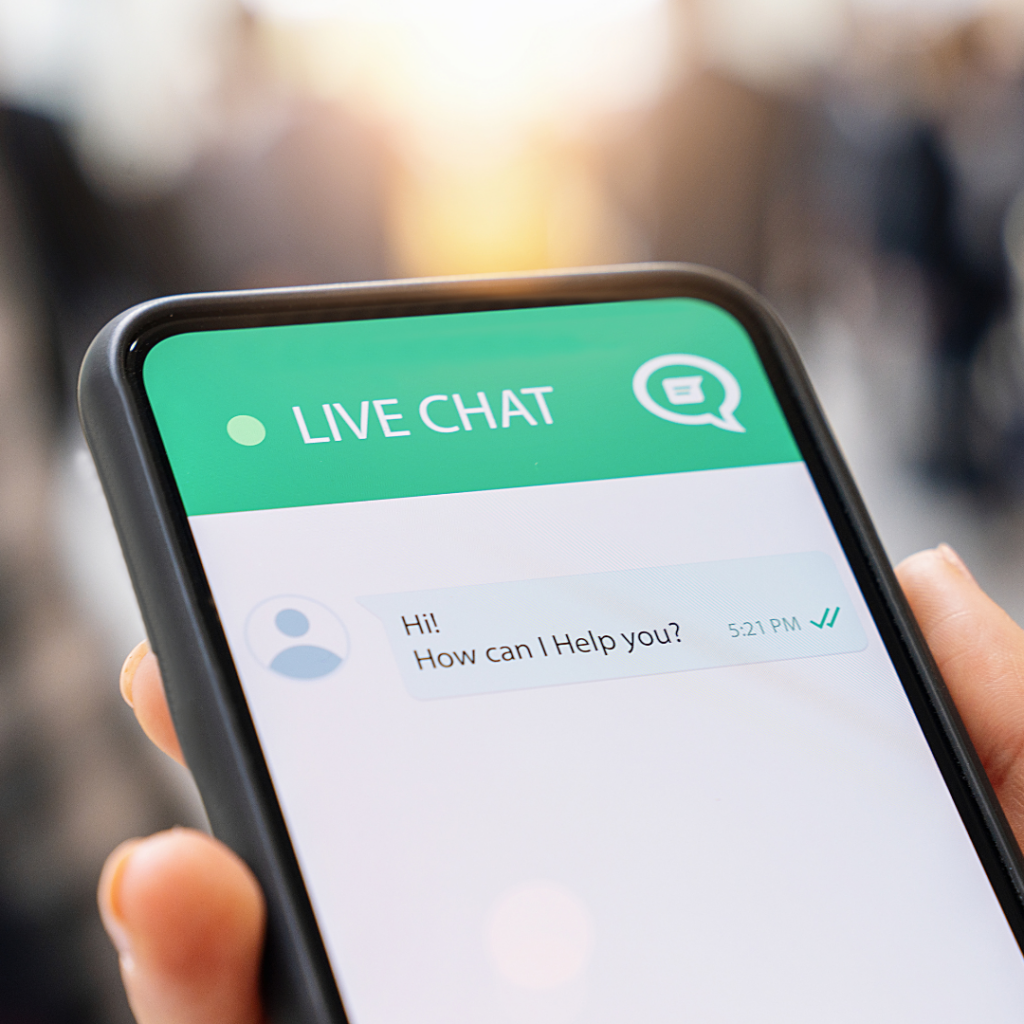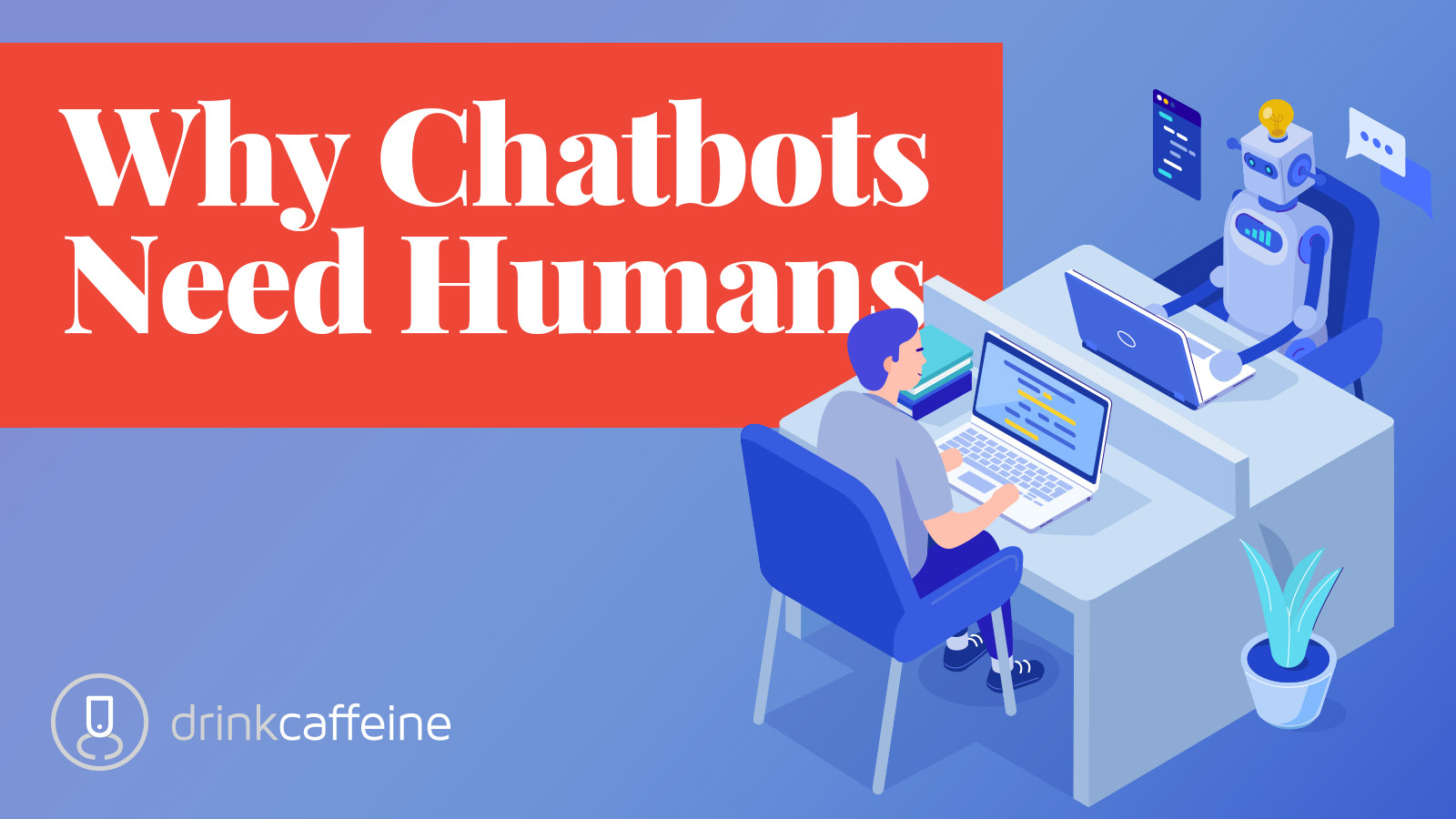The rising tide of apprehension about AI tells us that 75%+ of consumers are skeptical about placing their trust in AI-enabled experiences. Including chatbots.
Sure, AI-powered chatbots are evolving rapidly and doing a better job than their predecessors.
But let’s not forget that consumer expectations of customer service have never been higher, and brands need to offer service proactively to boost website conversion.
That’s why, even though one-third of consumers can’t distinguish between AI and human-generated content, we think offering special access to human Subject Matter Experts (SME) holds significant value.
Chatbots vs SMEs
First things first: We suggest delineating between chatbots and “subject matter experts.”
An SME is not just a “customer service representative.” He or she is a specialist. An experienced pro. A human problem-solver. A hero.
Why this makes sense:
1. It creates a higher-value level of user support: Chatbots handle up to 70% of every day, FAQ-level issues, while SMEs offer advanced knowledge and their own humanity for specific situations and services.
2. It creates greater perceived value for the SME and greater intellectual capital for the brand.
3. There’s abundant evidence that chatbots increase frustration that only an informed person can fix.

3 times when an SME should be offered
Think of a chatbot as a frontline problem solver. An SME is deeper in the conversion funnel, accessible when website visitors require human contact to keep them on-task and moving toward selection. SME’s access applies primarily to these 3 circumstances:
1. When site visitors abandon chat: Chatbot abandonment can be better understood by looking at specific KPIs such as:
- Engaged customers: Those who use your chatbot regularly
- Fallback rate: When user queries are not understood by the bot
- Takeover rate: The frequency with which customers opt out of chat for human help
- Task completion: How many users finish what they started based on chatbot help
- Consumer rating: A satisfaction score requested by the chatbot
The option for SME access can live wherever visitors are abandoning tasks throughout your site. Clarity by Microsoft is an up-and-coming tool that provides precise user data and session maps. It also integrates with Google Analytics.
2. When the site visitor is emotional. Having a low emotional IQ is a big drawback for AI-powered chatbots. If a site visitor is sign-posting anger with actions such as “rage clicks” (continuing to click on a command over and over), it’s time for an SME intervention.
This can be understood through sentiment analysis which, among other capabilities, scans the words used by customers across a wide range of sources (including chatbots) to gauge their emotional states.
3. When the site visitor is nearing a decision to Purchase, Order, Schedule, Open an Account or other conversion step. Users get cold feet on the threshold of conversion. The reasons include price sensitivity, product confusion, apprehension about privacy, and others. Featuring a “Talk to a Human Expert” option provides reassurance and information at the point of conversion. Think of it as Conversion Coaching.
In sum, there’s evidence that the best brands build with trust, a quality still best authored by humans.
When you’re ready to use evidence-based practices to solve marketing communications problems, contact us.


